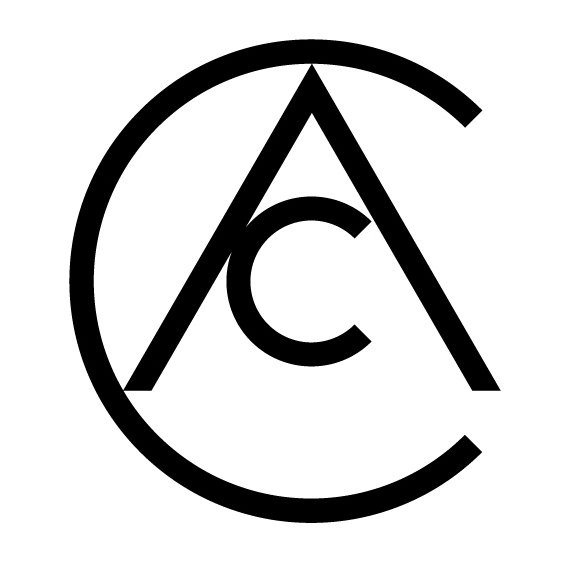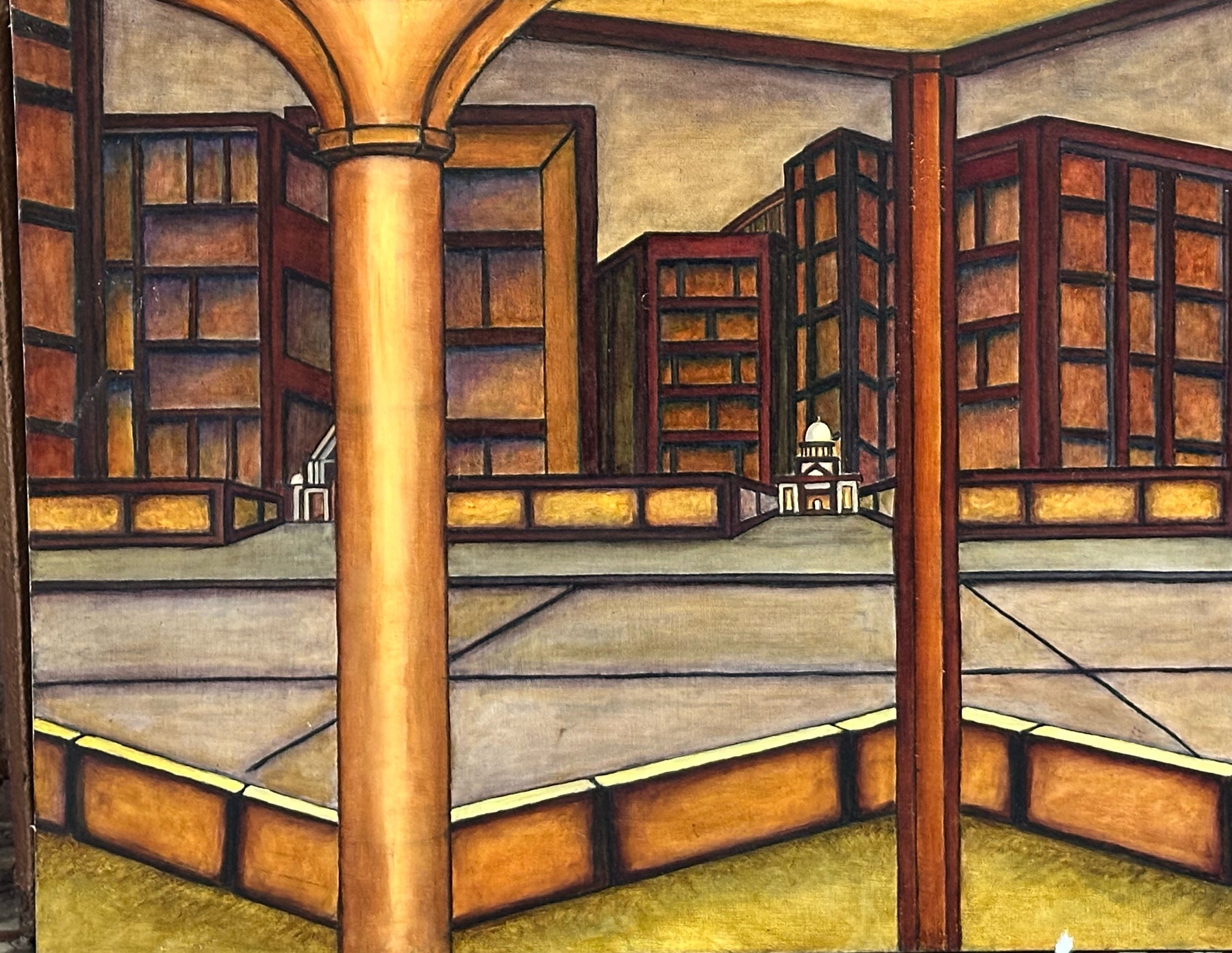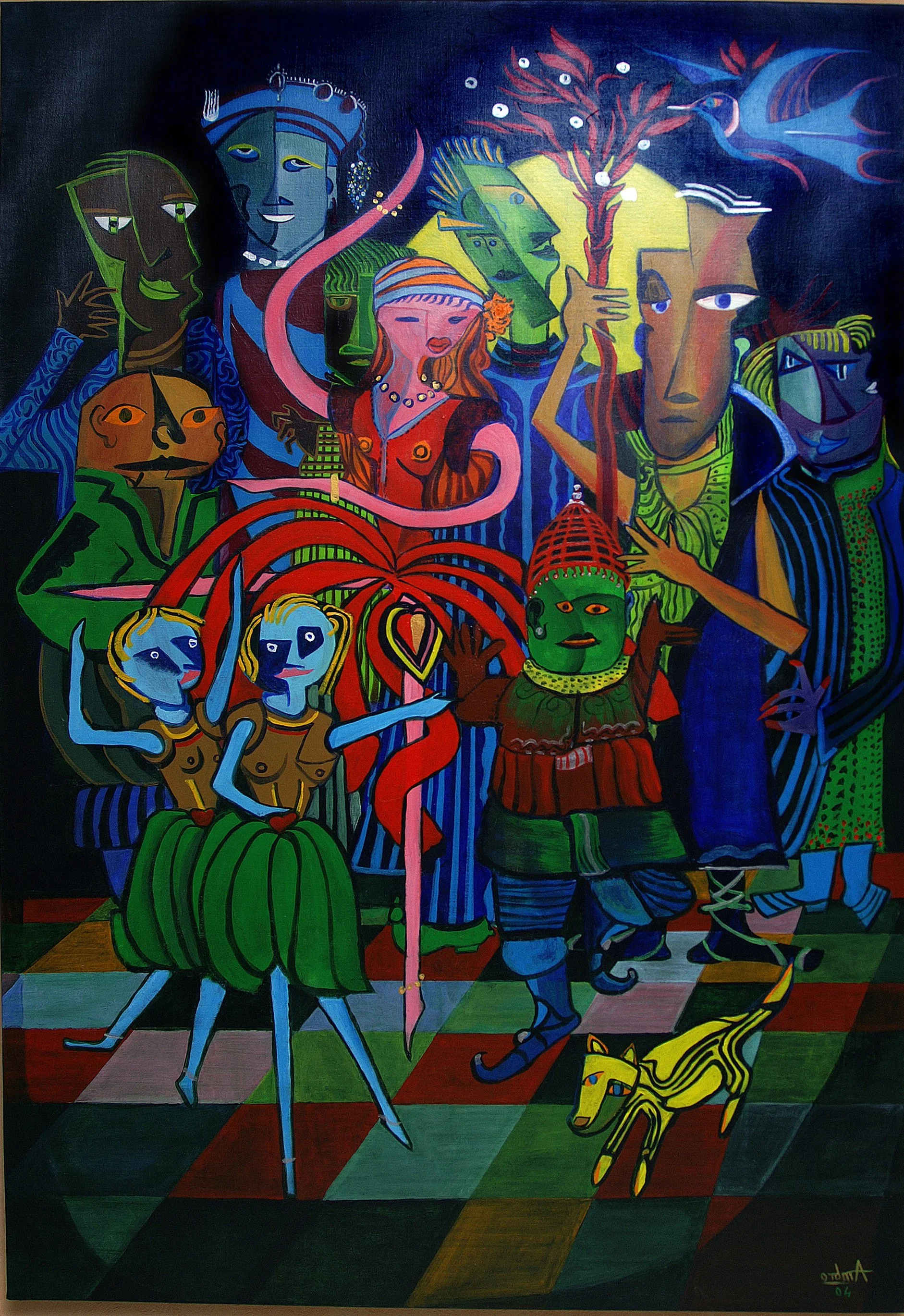Interview with Daniel Mckinley
Daniel, your work often serves as a passage beyond mental and physical confines. Do you see your art as an escape from reality, or as a more intense confrontation with it? How do you balance the tension between escape and truth in your creative process?
There is a question of reality.
We all have our own thoughts about what we think is real.
Accepting this reality without question.
Reality is a concept that closes the door to possibility.
It is easy to accept where you are.
I would like my work to encourage you to go beyond.
Your process involves a constant interplay of addition and subtraction, seeking authenticity and depth. How do you know when a piece has reached its truest form? Is there ever a moment where you feel you must abandon a work rather than complete it?
My paintings are never planned out.
I never have any idea where it will take me.
It is always open for change..
If the painting becomes becomes a one way conversation
It is a time for the conversation to end.
We, as artists, have an artistic license card
Where everything is open to interpretation..
Many artists create within the boundaries of established movements or styles, but you seem to reject conventional definitions. If your work could be placed within a movement that does not yet exist, what would you name it, and what principles would define it?
This is a very hard to answer, I feel that the only age of isms left to us is individualism.
We are now encouraged to not follow a trend, but create our own individual style.
Here’s an obscure thought.
My goal is to have the viewer to look beyond what they are seeing.
Therefore my movement would be called Beyondsim.
The art of thinking beyond.
*my spellcheck doesn’t recognize this word. This makes it valid.
Your philosophy of art seems to be one of boundless imagination. Do you ever find that the infinite possibilities of creativity become overwhelming? How do you navigate the paradox of limitless potential versus the need for finality in a piece?
I embrace the infinite possibilities. I find it exciting.
Thinking outside the box.
Asking what if?
There are no limits to how far your imagination can take you.
The museum, for you, was not just a place of observation but a mirror reflecting your own inner world. Do you believe art should hold a mirror to the self, or should it function as a window—offering a view into something entirely foreign and unknown?
Both.
This goes back to looking beyond ,and using your imagination.
You place the mirror in front of you .
Observe and try to understand what you see.
Making judgements and coming to conclusions.
Thinking about yourself
But finding something or someone else totally different.
Understanding your own possibilities
Beyond
Your work demands contemplation beyond mere aesthetic appreciation. In an era of instant gratification and rapid consumption, do you think art is at risk of losing its ability to command deep reflection? How do you design your work to resist passive viewing?
I feel that it is our obligation as artists to challenge the viewer to think and reflect.
Our job is to give the viewer something that they have never seen before.
I try to avoid cliché painting.
If you go to a movie and you can predict the ending before it ends you will leave not being satisfied.
If you go to a gallery and you see a work of art that challenges you, you would find yourself spending time trying to understand its meaning.
My only goal as an artist is to challenge you to think .
What do you feel about this?
Do you have an opinion?
Your art seems to operate as an invitation to explore unseen layers of meaning and emotion. What role does ambiguity play in your work, and how do you feel about the viewer’s interpretation potentially diverging from your original intent?
I approach my work as being open to interpretation.
When I am working on a painting would never think about meaning.
I will always leave the meaning to the viewer.
There is always a push and pull with the canvas.
I only do what it tells me to do.
Much of contemporary art relies heavily on conceptual narratives. Do you believe the idea behind a piece should always take precedence, or is there still value in creating purely for the sake of aesthetic and sensory experience?
Abstract, Realism, Cubism , Impressionist, Shock, Dada conceptual.
There room for us all.
I believe in expression.
Leaving room to agree or to disagree.
As long as it spurs you to think.
What would it look like if you could curate an exhibition that embodies your philosophy of boundless artistic expression? Would it even exist within a gallery, or would you reimagine the idea of the exhibition space itself?
I would champion works that I would deem original.
I would seek out works that doesn’t follow conventional trends.
Works that challenge yourself
Works that when you leave
You find yourself asking
What did I just see?









